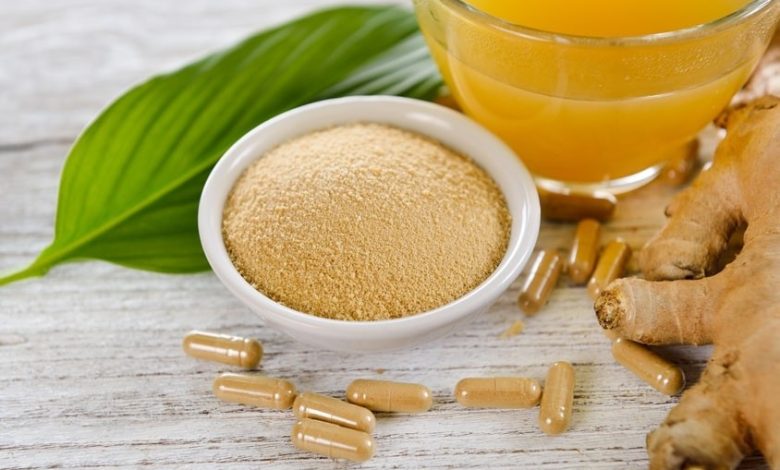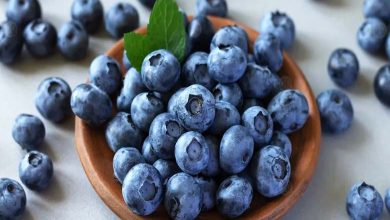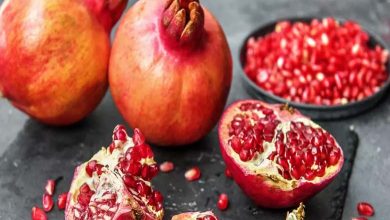Ginger, a spice full of tonus

This rhizome of the turmeric family awakens our dishes and boosts our immune defenses.
A perennial plant of the zingiberaceae family, ginger is grown for its root. He is believed to have originated in China or India, where he has been known for more than 3,000 years. Its name comes from the Sanskrit shringavera which means “in the shape of deer wood”. The Chinese philosopher Confucius, it is said, always had plenty at his fingertips, to boost his brain or relieve his headaches. Indeed, ginger has analgesic properties against headaches, rheumatism and the common cold.
Ginger, used in medicine and cooking
Imported into Europe in the Middle Ages thanks to trade with Arab merchants, it is first prized for its medicinal and aphrodisiac virtues, then as a condiment for dishes and even as an aroma for … wines. In France, it retains this dual use in the pharmacopeia and in the kitchen, its cost being slightly lower than that of pepper. Today, every region of the world has embraced this root, which is rich in minerals, calcium, magnesium, iron, etc. In India, for example, it is used in curries and chai tea. In China, it smells like noodles or meats and is very popular in chicken soup. In Japan, in the form of marinated lamellae called gari, it refreshes the palate between two sushi. Ginger also finds its place in West Africa. He’s the star of gnamakoudji, an invigorating juice. It is also consumed in the form of Ginger Beer, a very sweet soda.
To be consumed fresh or ground
Ginger can be eaten fresh. It is then cut into thin slices and marinated or preserved in sugar. It is in this form that his pungent notes come out best to delight gourmets keen on intense experiences. Dried and powdered, it will have a less pronounced taste and will be more indicated in recipes of pastries such as gingerbread and speculoos.












